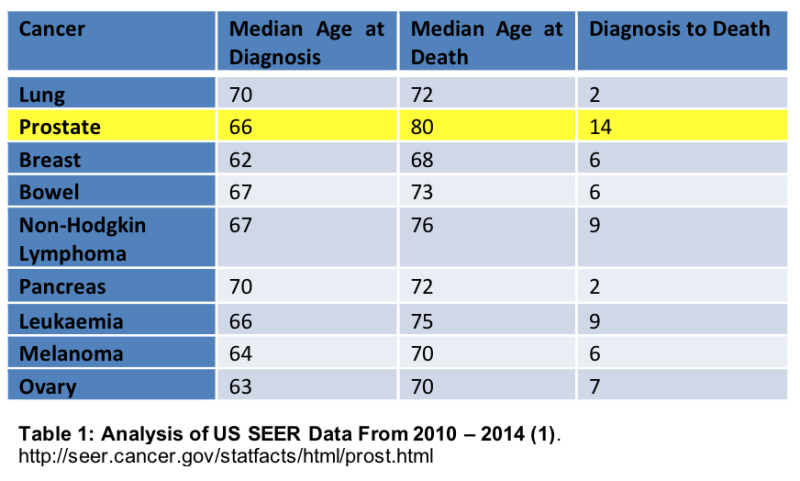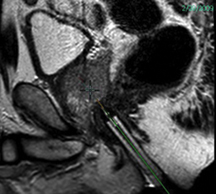2 Spots On Prostate
Prostate cancer means that cancer cells form in the tissues of the prostate. Prostate cancer tends to grow slowly compared with most other cancers. Cell changes may begin 10, 20, or even 30 years before a tumor gets big enough to cause symptoms. Eventually, cancer cells may spread (metastasize). By the time symptoms appear, the cancer may. Cancer of the prostate is the most commonly diagnosed cancer in Western world males and is the second cause of cancer deaths in men (Siegel et al., 2015). The male human prostate is a musculoglandular organ the size of a walnut; it surrounds the neck of the bladder and urethra and is itself surrounded by a complex of fascial structures. Prostate cancer can sometimes spread from the prostate to the bones, which is known as bone metastasis. Although there is no cure for bone metastases, treatment can help relieve symptoms. The size of this gland varies with age, however in an adult male the normal prostate size is between 4cm X 3 cm, similar in shape to a chestnut. But after 50, a significant percentage of men have a condition known as benign prostatic hypertrophy, enlargement of the gland, due to various factors.
Generally, there are two types of spots on a bone scan. Hot spots form when the radioactive material, or tracer, accumulates in areas of the bone. Cold spots form in areas where the tracer has not accumulated. Bone loss may cause cold spots, while arthritis, infections or broken bones can cause hot spots. Tumors and cancer can cause either type.
Nov 20, 2018 Prostate cancer can sometimes spread from the prostate to the bones, which is known as bone metastasis. Although there is no cure for bone metastases, treatment can help relieve symptoms.
Some cancers, such as prostate, lung, and breast cancer, cause hot spots on a bone scan when the cancer has metastasized, or spread to the bone. Bone cancers will also appear as hot spots. These dark areas are due to the growth of excess tissue and the accumulation of the tracer.
Hot spots can also appear because of infections or diseases in the bone, like Paget's disease of bone, which leads to painful and fragile bones. A person with Paget's does not metabolize bone properly, so old bones may break down faster than new bones are formed. As the disease progresses, new bones are formed too quickly to compensate for the deterioration of the old bones, and the new tissue is not formed fully and may be soft and weak.
Osteomyelitis, a type of bone infection, will also cause hot spots. The infection is typically caused by Staphylococcus bacteria, which can infect the bones as well as the joints. A person can get a bone infection when she suffers a puncture wound or broken bone. In some cases, the bacteria can enter the body when the broken bone is being treated.
Cold spots on a bone scan indicate that the tracer has not accumulated in that section of the bone. A loss of blood flow to the bone, or a bone infarction, can cause this type of spot. When a person suffers a bone infarction, the part of the bone that no longer receives blood can die, leading it to collapse.
Another cause of cold spots on a scan is multiple myeloma, a type of cancer that causes the body to produce excess plasma or white blood cells. These cells then take over the bone marrow, reducing the number of red blood cells. The plasma cells can also form small tumors on the bone and damage the bone.
The prostate is an organ located below the bladder and in front of the rectum which is only present in the male body, fulfilling a key role in the formation of seminal fluid. The prostate secretes an alkaline fluid, white in appearance, that makes up to 30% of the volume of semen.

Over the years this gland can slightly increase in size, resulting in a condition known as prostatitis or inflammation of the prostate. For this reason many men wonder what the normal size of the prostate is and at what point it is considered enlarged. Read this OneHowTo article if you want more information about the normal size of the prostate.

What is the function of the prostate
The prostate plays a fundamental role in the formation of seminal fluid, making sure it produces the correct volume. Their secretions also benefit the mobility of sperm, ensuring that they arrive safely to the egg to fertilize it.
Additionally, this gland is responsible for protecting men from urinary tract infections and maintains a healthy bladder, so it is paramount that it is in perfect condition.


What is the normal size of the prostate
The size of this gland varies with age, however in an adult male the normal prostate size is between 4cm X 3 cm, similar in shape to a chestnut.
But after 50, a significant percentage of men have a condition known as benign prostatic hypertrophy, enlargement of the gland, due to various factors. Prostatitis or inflammation of the prostate is also a common condition after 50 and must be monitored by a doctor to ensure timely treatment and improve any discomfort that the patient may suffer. When benign prostatic hyperlapsia happens, the prostate enlarges to a point that even urinating can be painful. If it grows too much it can constrict the urethra and even make urinating totally impossible.
If you have any problems
If you have any discomfort when urinating, any pain in the area around the prostate or any indication of a problem, the recommendation is to visit a urologist who can examine you to determine the source of discomfort or the problem.
It is important to visit a urologist whenever you feel the smallest discomfort, as the problem could get worse with time.
2 Spots On Prostate Biopsy
This article is merely informative, oneHOWTO does not have the authority to prescribe any medical treatments or create a diagnosis. We invite you to visit your doctor if you have any type of condition or pain.
Dark Spots On Prostate

2 Spots On Prostate Biopsy
If you want to read similar articles to What is the Normal Size of the Prostate, we recommend you visit our Family health category.